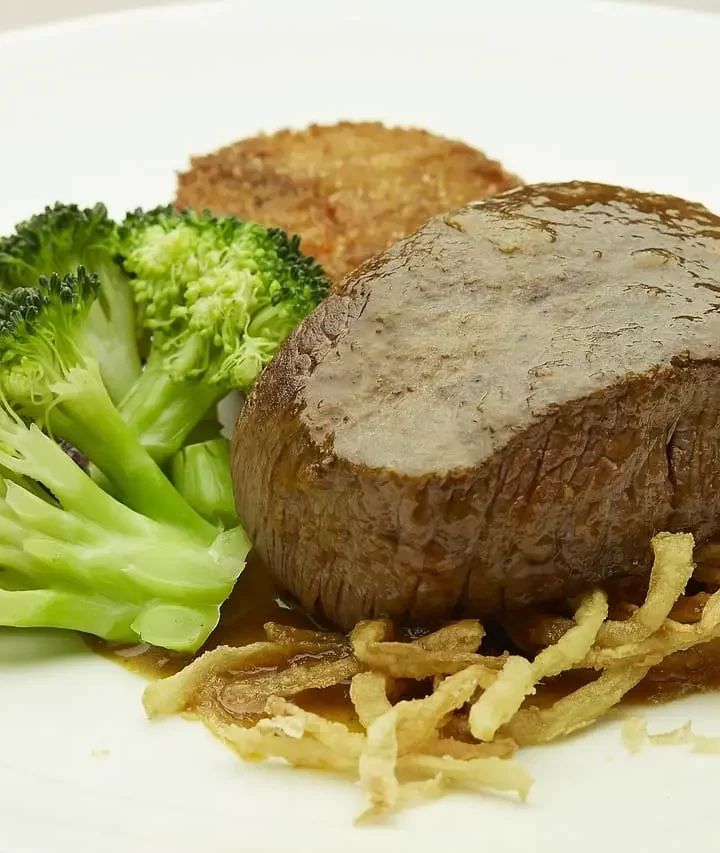Coffee, often referred to as the elixir of the morning, has a rich history and an even richer flavor. As coffee lovers, we can all agree that the aroma of freshly ground beans and the sound of brewing coffee are among life’s simple pleasures. But have you ever stopped to think about the journey your coffee takes from the coffee farm to your cup? One crucial aspect of this journey that often goes unnoticed is coffee packaging and the machines that make it all possible.

In this article, we’ll delve into the world of coffee packaging, exploring the various types of coffee packaging, the importance of packaging in preserving coffee’s freshness, and the coffee packaging machines used in the coffee packaging process. So grab your favorite cup of Joe and join us on a journey from beans to bags!
The Importance of Coffee Packaging
Preserving Freshness
Coffee beans are sensitive creatures. They can easily lose their flavor and aroma when exposed to air, light, moisture, and even heat. Coffee packaging plays a vital role in preserving the freshness of coffee beans, ensuring that they reach consumers in their prime.
Types of Coffee Packaging for Freshness:
Valve Bags: Valve bags are designed with a one-way valve that allows gases from freshly roasted coffee to escape without letting air in. This helps maintain the beans’ freshness while preventing the bag from bursting due to gas buildup.
Foil Bags: Foil bags create a barrier against oxygen and light, two of coffee’s worst enemies. The foil lining ensures that the coffee remains as fresh as possible.
Nitrogen-Flushed Bags: Nitrogen-flushed bags are filled with nitrogen gas before sealing, displacing oxygen and preventing oxidation. This method prolongs the shelf life of the coffee.
Protecting Flavor and Aroma
Coffee is a symphony of flavors and aromas, with each bean offering a unique profile. Proper packaging ensures that these characteristics are protected. When coffee is exposed to external elements, it can develop off-flavors and lose its signature aroma.
Aroma-Protecting Packaging:
Kraft Paper Bags: These bags are often lined with a foil or plastic layer to preserve aroma while providing a natural, eco-friendly look.
Airtight Seals: Many packaging options, including vacuum-sealed bags, ensure an airtight seal, preventing the escape of volatile aromatic compounds.
Extended Shelf Life
Coffee packaging is also designed to extend the shelf life of coffee beans. Freshly roasted coffee has a limited window of peak flavor, and packaging that inhibits oxidation and moisture ingress can extend this window.
Packaging for Shelf Life:
Vacuum-Sealed Bags: These bags remove the air, creating a vacuum that prolongs the coffee’s shelf life.
Multi-layer Bags: Bags with multiple layers, such as foil and plastic, provide an excellent barrier against external factors.
Types of Coffee Packaging
Paper Bags
Paper bags are one of the most common types of coffee packaging. They are cost-effective, eco-friendly, and provide a rustic, artisanal feel. To preserve freshness, many paper bags are lined with a layer of foil or plastic.
Advantages:
- Environmentally friendly
- Customizable designs
- Affordable
Disadvantages:
- Limited protection against moisture and oxygen
- Plastic Bags
Plastic bags are often used for lower-cost coffee products. They offer decent protection against moisture and are easy to seal, but they may not be the best choice for preserving coffee’s freshness and aroma.
Advantages:
- Cost-effective
- Good moisture resistance
Disadvantages:
- Limited protection against oxygen and light
- Environmental concerns
- Valve Bags
Valve bags are designed with a one-way valve that allows gases from freshly roasted coffee to escape without letting air in. This design is perfect for freshly roasted beans, ensuring they stay fresh without bursting the bag.
Advantages:
- Preserves freshness
- Prevents bag bursting
- Ideal for freshly roasted coffee
- Foil Bags
Foil bags are excellent at preserving coffee’s freshness by creating a barrier against oxygen and light. These bags are often used for premium coffee products.
Advantages:
- Excellent protection against oxygen and light
- Preserves aroma and flavor
Disadvantages:
- Less eco-friendly due to foil lining
- Tin Tie Bags
Tin tie bags are a popular choice for freshly ground coffee. They feature a built-in metal tie that can be used to reseal the bag after opening, ensuring the coffee remains fresh.
Advantages:
- Resealable
- Good protection against oxygen
Disadvantages:
- Limited protection against moisture and light
- Coffee Packaging Machines
Now that we’ve explored the importance of coffee packaging and the different types of packaging available, let’s take a look at the machines that make it all possible.
Coffee Bagging Machines
Coffee bagging machines are essential for automating the packaging process. They come in various types, including:
Vertical Form Fill Seal (VFFS) Machines: These machines form bags from a roll of film, fill them with coffee, and seal them. They are efficient and can handle a wide range of bag sizes.
Horizontal Form Fill Seal (HFFS) Machines: HFFS machines are ideal for pre-made bags. They fill the bags with coffee and then seal them horizontally. This type of machine is often used for smaller batches.
Auger Filling Machines: Auger filling machines are used for accurately filling coffee into bags. They use an auger screw to measure and dispense the correct amount of coffee.
Coffee Valve Applicators
Coffee valve applicators are specialized machines that attach one-way valves to coffee bags. These valves allow gases from freshly roasted coffee to escape without letting air in, preserving freshness.
Labeling Machines
Labeling machines are used to apply labels to coffee bags, providing important information to consumers. They can handle various label sizes and shapes, ensuring that your coffee bags look professional.
Vacuum Sealing Machines
Vacuum sealing machines remove air from bags and then seal them, creating a vacuum that prolongs the shelf life of coffee beans. These machines are particularly useful for specialty coffee with a limited shelf life.
Coffee packaging is an art that goes beyond aesthetics. It’s a critical step in ensuring that the beans you love reach you in their freshest and most flavorful state. From valve bags to foil-lined packaging, each type serves a unique purpose in preserving the essence of coffee. And behind the scenes, coffee packaging machines work tirelessly to make this possible, ensuring efficiency and consistency in every bag.
Next time you sip your morning brew, take a moment to appreciate the intricate dance of coffee packaging and the machines that make it all happen. Your coffee’s journey from beans to bags is a testament to the dedication of coffee producers and the technology that supports them, ultimately allowing you to savor that perfect cup of Joe.









Leave a Reply